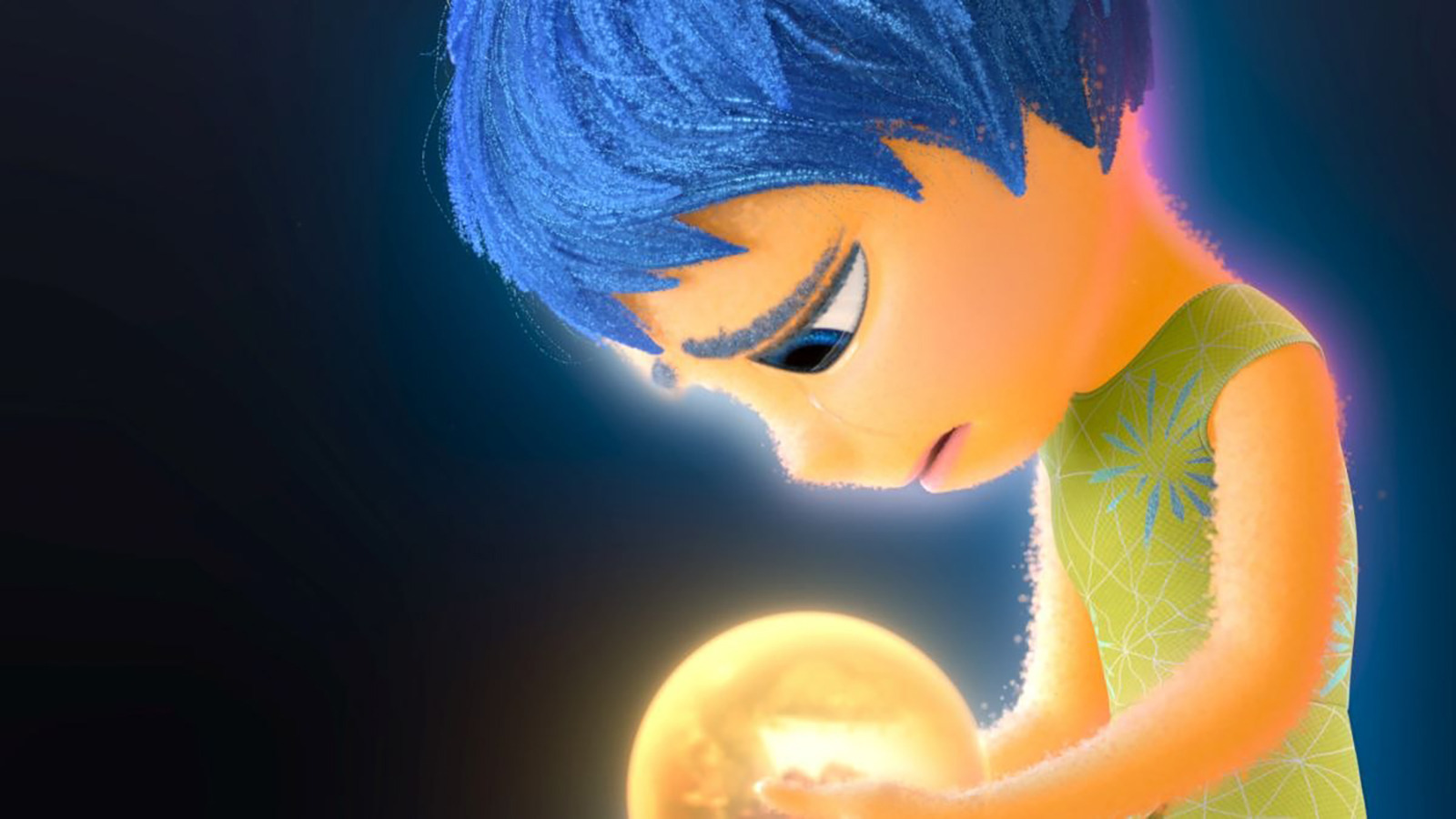
I’ve previously talked about how my cancer diagnosis directly impacts the way I consume media, but I’ve never written about my “Inside Out” experience because to do so requires being vulnerable about how other people were affected by (and often poorly handled) my illness. When a doctor tells you that you’re dying, it becomes the only thing you can think about. Every second of every day was consumed by the possibility that it would be my last, which meant I had plenty of time to grieve, rage, mourn, and process what was happening to me.
My friends and family, on the other hand, would remember in small bursts — life going on as normal until a reminder would pop up of, “Oh yeah, she’s going to die from this.” That’s not the fault of anyone who loves me, that’s just reality. We’re all aware of the atrocities happening in the world but unless it’s happening in front of our faces, at that second, it won’t always be an all-consuming thought. Seeing my discolored skin or hearing my weakened voice was as if I was telling them I was sick for the first time all over again. There would be tears, so many tears, and it got harder and harder to deal with how my illness was bringing so much pain to so many people. I know it wasn’t on me to make other people feel better, but I didn’t know what else to do.
So, I embraced Joy and only Joy. Every day I was “feeling good all things considered,” I cracked dark jokes non-stop, I stopped hiding my drainage tube and wore it like a badge of honor no matter how many people stared. I was “brave,” I was “resilient,” I was a “fighter,” I was an “inspiration,” and I was lying about how sick I felt, how much pain I was in, and how miserable I was. Toxic positivity was eating my brain while cancer was eating my body.





